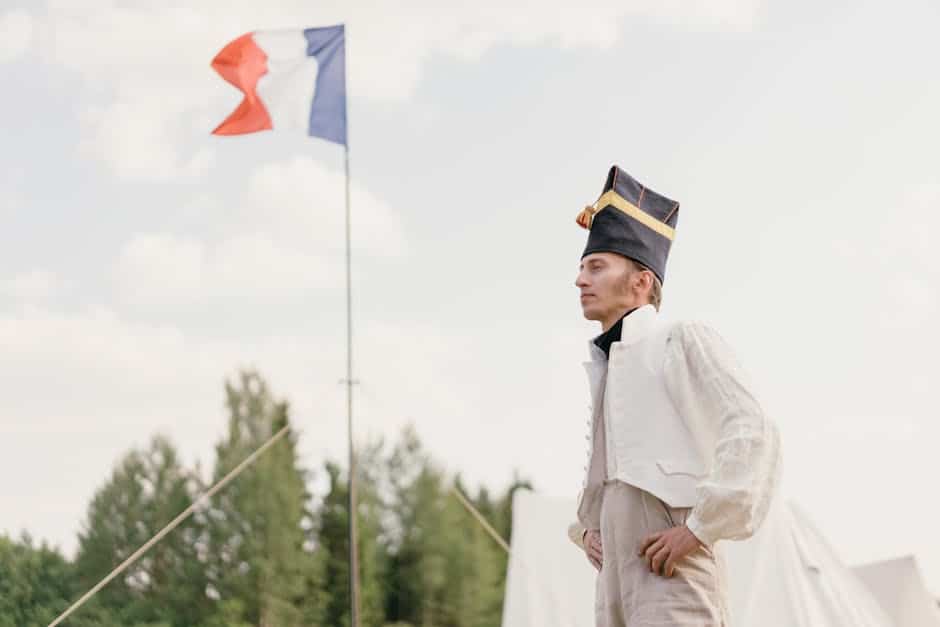Chicago’s Theater History: From the 19th Century to Today
Chicago, the Windy City, is renowned for its stunning architecture, vibrant arts scene, and of course, its rich theater history. From grand opera houses to avant-garde performances, Chicago’s theaters have played a pivotal role in shaping the cultural landscape of America. Join us on a journey through time as we explore the evolution of Chicago’s theater scene, from the 19th century to the present day.
Table of Contents
1. 19th Century Beginnings
2. Early 20th Century Expansion
3. The Golden Age of Theater
4. Modern Revival
5. Contemporary Theater Scene
6. Conclusion
7. FAQs
19th Century Beginnings
The roots of Chicago’s theater history stretch back to the 19th century, a time of rapid growth and transformation for the city. Chicago’s first theater, the Rialto, opened in 1847, just a decade after the city was incorporated. Located at the corner of Lake and Dearborn streets, it set the stage for future theatrical endeavors. 🎭
During this period, Chicago was a bustling hub for immigrants and settlers, drawn by the promise of opportunity. Theaters became a social gathering point for these diverse communities, offering a mix of classic plays, operas, and vaudeville performances. This early era of theater laid the foundation for Chicago’s cultural identity.
Early 20th Century Expansion
As the 20th century dawned, Chicago’s theater scene flourished. The construction of grand venues like the Auditorium Theatre in 1889, designed by renowned architects Dankmar Adler and Louis Sullivan, marked a turning point. The theater was a marvel of engineering and acoustics, attracting audiences from across the nation.
The early 1900s also saw the rise of the “Little Theatre Movement,” which emphasized intimate performances and experimental works. This movement was pivotal in fostering local talent and creativity, paving the way for future innovations in theater.
The Golden Age of Theater
The mid-20th century heralded the “Golden Age” of Chicago theater. The city became a breeding ground for legendary productions and performers. The Goodman Theatre, established in 1925, quickly gained a reputation for its high-quality productions and commitment to nurturing young talent.
During this era, the rise of playwrights like David Mamet and Lorraine Hansberry highlighted Chicago’s contribution to the American theater canon. The city’s theaters were not just venues; they were cultural institutions that shaped the national conversation around art and society.
Modern Revival
In the latter half of the 20th century, Chicago experienced a theater revival that continues to this day. The Steppenwolf Theatre Company, founded in 1974, became synonymous with edgy, thought-provoking productions. With actors such as Gary Sinise and John Malkovich, Steppenwolf gained international acclaim and put Chicago on the map as a theater capital.
Meanwhile, the Chicago Theatre, with its iconic marquee, became a symbol of the city’s vibrant entertainment scene. It hosted a variety of shows, from Broadway hits to concerts, cementing Chicago’s status as a diverse cultural hub.
Contemporary Theater Scene
Today, Chicago’s theater scene is as dynamic and diverse as ever. From the grand productions at the Chicago Shakespeare Theater on Navy Pier to the avant-garde performances at the Neo-Futurists, there’s something for everyone. 🎟️
Chicago’s theaters continue to experiment and innovate, blending traditional and modern techniques. The annual Chicago Theatre Week, a celebration of the city’s vibrant arts scene, showcases the breadth and depth of talent present in this theater-loving city.
Conclusion
Chicago’s theater history is a testament to the city’s enduring love affair with the arts. From humble beginnings in the 19th century to a flourishing contemporary scene, Chicago has consistently been a beacon of creativity and cultural significance. Whether you’re a local or a visitor, the stages of Chicago offer a captivating glimpse into the city’s soul.
FAQs
Q: What is the oldest theater in Chicago?
A: The oldest theater in Chicago was the Rialto, which opened in 1847.
Q: Which theater is known for its experimental works?
A: The Steppenwolf Theatre Company is renowned for its experimental and edgy productions.
Q: When is Chicago Theatre Week celebrated?
A: Chicago Theatre Week is celebrated annually, typically in February, showcasing a wide range of productions across the city.
Q: What is the significance of the Auditorium Theatre?
A: The Auditorium Theatre, opened in 1889, is significant for its architectural brilliance and acoustics, making it a landmark in Chicago’s theater history.


